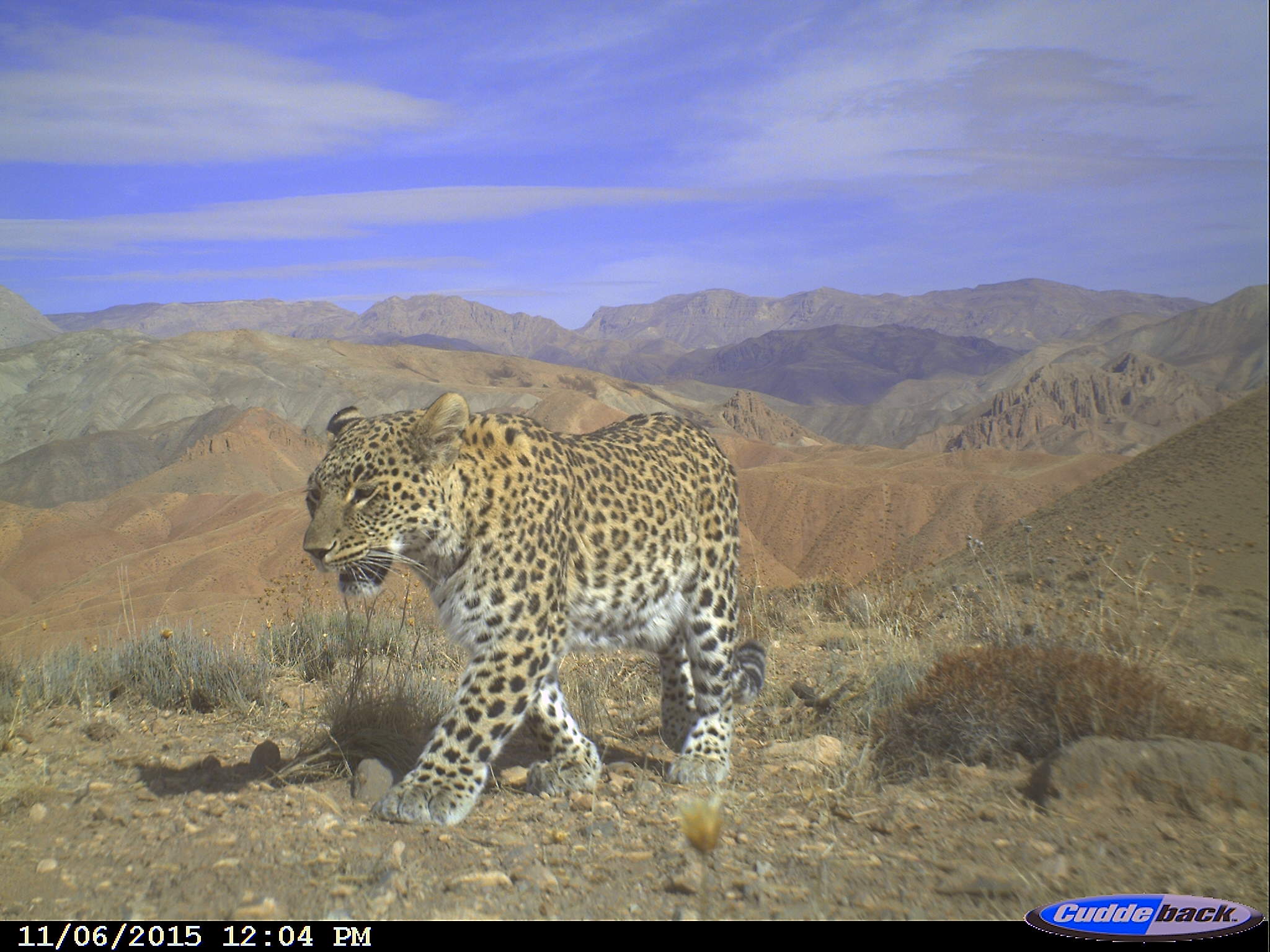News
Global status of leopard
The common leopard is the world’s most abundant and widespread large cat, but also most persecuted one. Recently, an international group of scientists, including WildCRU’s DPhil student Susana Rostro-Garcia and WildCRU visitor Dr Jan Kamler, joined together to assess global status of the leopards across more than 80 countries in Africa and Asia. Their aim was to delineate comprehensively historic and present distribution of the leopards as well as habitat fragmentation, a key threat to many top carnivores, including the leopards.
As a result, they concluded that the leopards are in worse situation that perceived before, now occupying between 24-36% of their historic range. The paper, published in PeerJ recently reports that majority of the leopard range (85%) in the world still is not protected, although some endangered subspecies have more.
The paper found that while leopard research is increasing, research effort is primarily on the subspecies with the most remaining range and some subspecies are yet to be studied properly. Currently, WildCRU is leading on-ground field projects spanning 4 of the nine known subspecies in the world, including in Zimbabwe, Tanzania, Iran, Nepal, Myanmar, Cambodia, Laos, Malaysia and Indonesia.
Read the full study here






